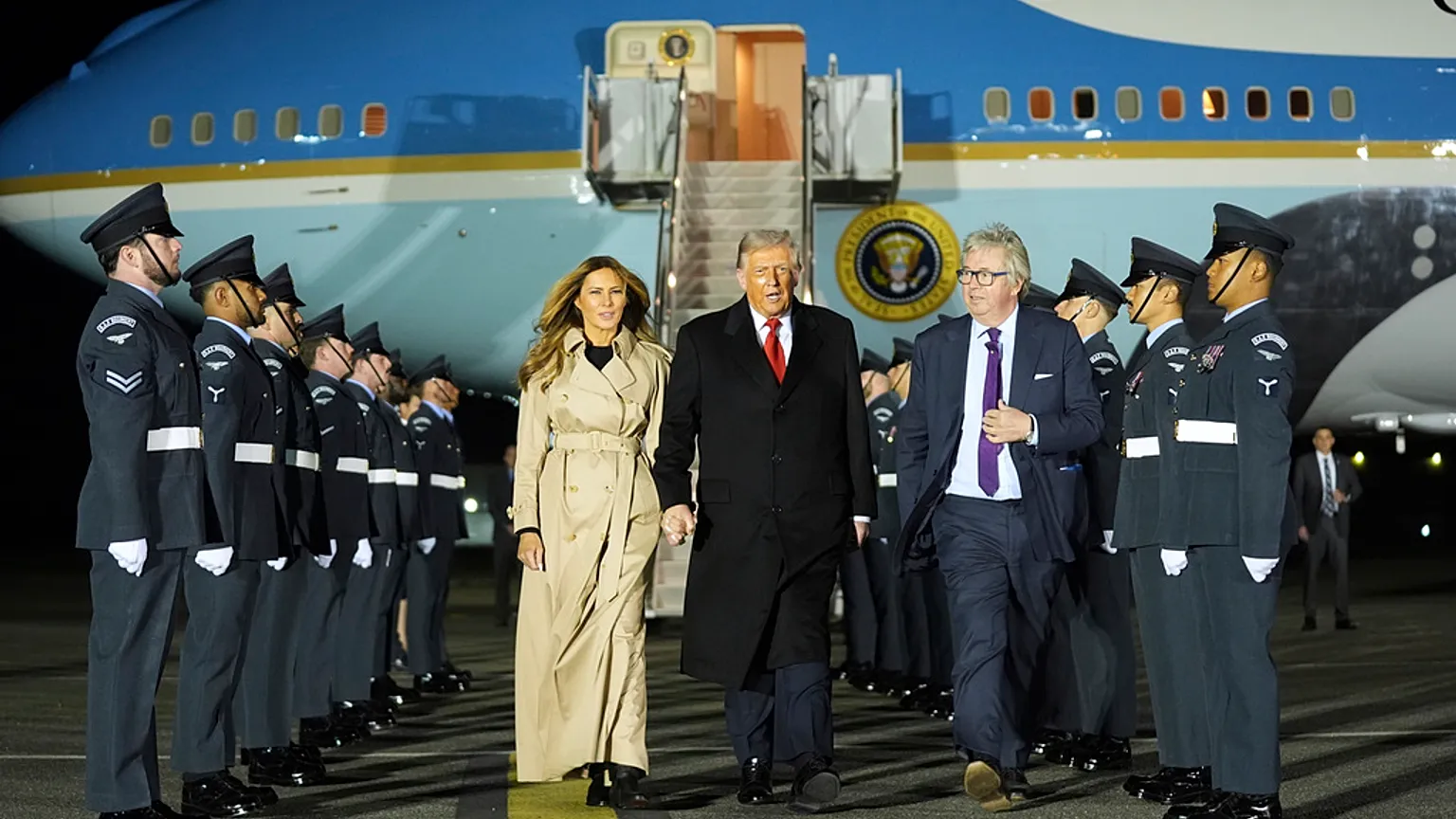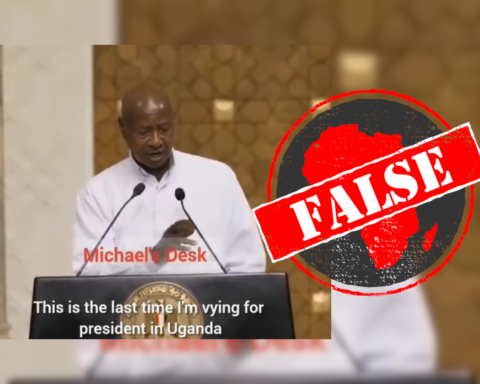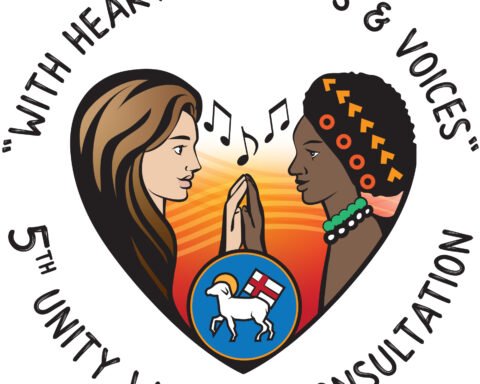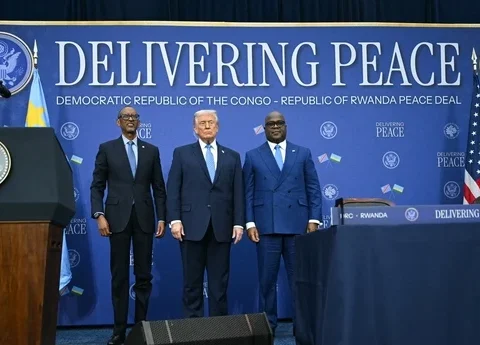U.S. President Donald Trump has arrived in the United Kingdom for his second state visit, a first in modern history.
The visit is not only a showcase of pomp and ceremony but also a strategic effort to reinforce the enduring “special relationship” between the two nations.
From the moment of his arrival, preparations were in full swing. Soldiers polished their uniforms, horses were groomed, and royal carriages were readied. At Windsor Castle, the almost 1,000-year-old royal residence, gilded interiors, priceless artworks, and crenelated towers set the stage for a welcome befitting a world leader. President Trump and First Lady Melania will be treated to a grand carriage procession, gun salutes, a military flypast, and a state banquet.
The spectacle, however, serves a purpose beyond grandeur. Britain aims to strengthen ties with a leader known for his love of spectacle at a time when U.S. foreign policy and trade priorities have prompted global debate. The visit also includes talks with Prime Minister Keir Starmer at Chequers, the official country estate of the British prime minister, where a technology deal is expected to be signed—highlighting continued cooperation on innovation and transatlantic commerce despite differences over global security and geopolitical matters.
Also Read; France Trial Highlights Debate Over Assisted Dying
Trump, visibly enthused, described the invitation to Windsor Castle as “a great, great honour,” acknowledging the rarity of the accolade. “I love being back in the United Kingdom. It’s a very special place,” he said, noting his personal respect for King Charles III and the longstanding friendship they share. Observers note that this personal warmth, combined with the formalities, reflects both the ceremonial and diplomatic significance of the visit.
While the royal welcome dazzles, the visit is also drawing attention from protesters outside Windsor Castle, highlighting the political debates and differing opinions surrounding President Trump’s policies. Despite this, the main focus remains on dialogue, trade, and reinforcing the ties that underpin decades of alliance between London and Washington.
The visit is more than a headline—it’s a reminder of the intricate dance of diplomacy, where ceremony and strategy intertwine, creating moments that shape both perception and policy. For the United Kingdom, hosting a repeat state visit is a testament to tradition, prestige, and the careful calibration of international relationships.







